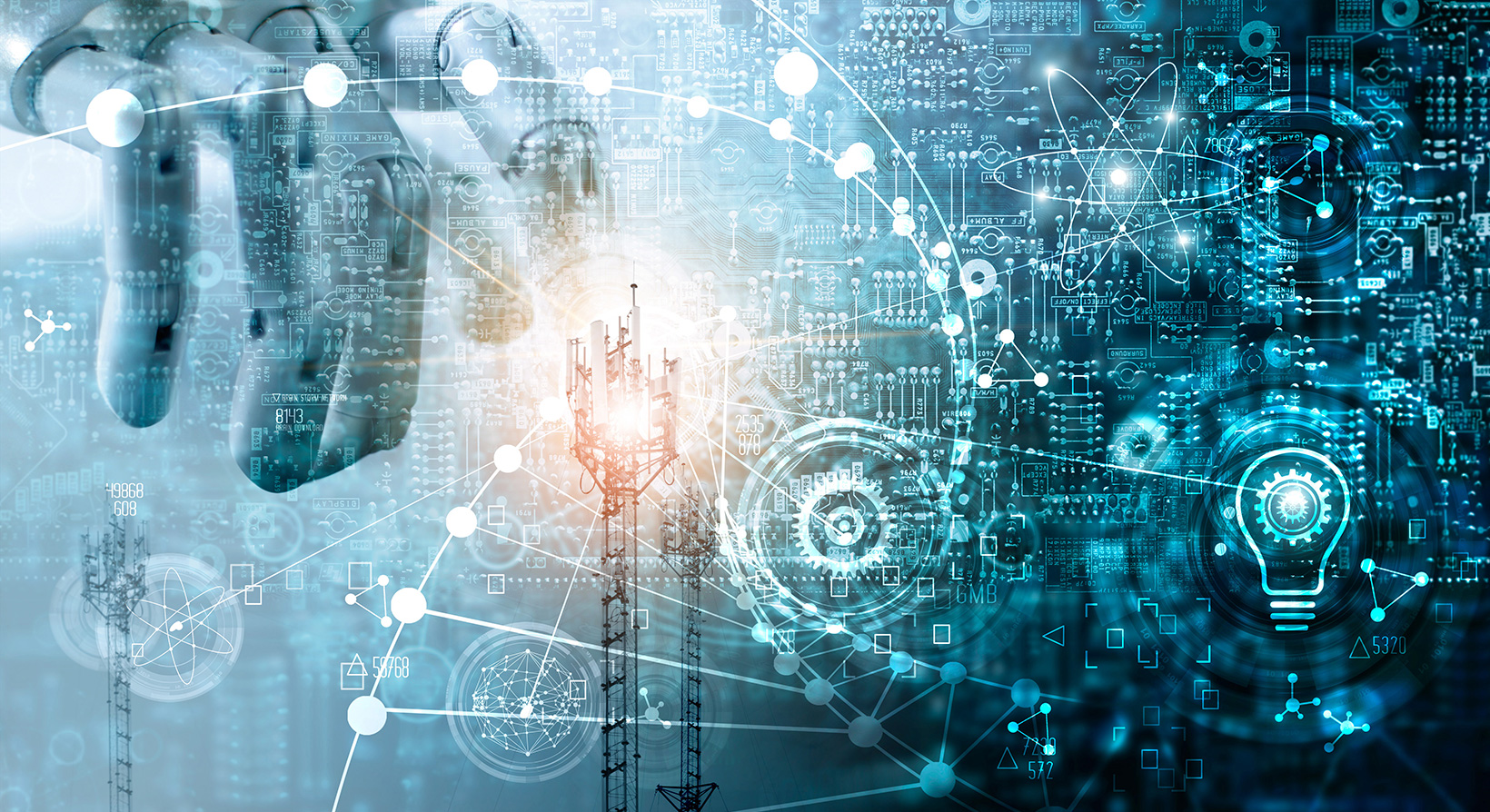
The Future of the Internet of Things
If you own a smart device, you are already part of the Internet of Things, also known as the IoT or the legion of items digitally threaded into our global network. These are objects that collect, transmit, and receive data constantly.
Devices inside the IoT
The number of connected devices increases every day. And we know this trend will continue. Gartner projects we will see 25 billion connected devices by 2021, up from 14.2 billion in 2019.
“By 2020, there will be a quarter billion connected vehicles on the road, enabling new in-vehicle services and automated driving capabilities.”
“By 2020, the connected kitchen will contribute at least 15% savings in the food and beverage industry, while leveraging big data analytics.”
– Gartner
All these devices interact with the internet for the purposes of performing their tasks as designed, improving the owner’s experience, and enabling the manufacturer to improve the product.
This world of connected devices – which is already here – is immediately both imbued with wonder and fraught with worry. Most of us marvel at how far human technology has progressed that we have mirrors that can share weather and news, alongside smart toasters and hairbrushes.
The most useful conversation we can have about the IoT is to imagine what it can accomplish systemically. How can the IoT become a force that elevates life for everyone on the planet?
Digital Twins and the IoT
It’s not just personal devices we are connecting to the IoT. Industrial equipment and systems are increasingly managed and maintained via their Digital Twins, within the IoT in many cases.
Life-saving health care diagnostics, innovations in agriculture, sophisticating civic engineering and much more will all be part of the IoT of the future. These industrial Digital Twins will improve the performance and efficiency of their real-world counterparts, working silently to create a better world.
Virtual and Augmented Reality are increasingly important tools for working with connected Digital Twins. Although desktop access is still necessary, AR makes industrial on-location data visualization possible – and safer than traditional troubleshooting.
Concerns about the IoT
Almost instantly after the above-mentioned wonder wears off, unease creeps in – and for good reason. Is someone watching me through my television … or worse, is someone filming my child through a toy?
“By 2020, security solutions made from IoT architecture will unleash an era of inexpensive surveillance and spying, and a $50 billion global market.”
– Gartner
If that prediction sounds scary, you’re not alone in having that reaction. The good news is that most people share the priority of responsible governance of the IoT, along with ethical data collection and usage.
Responsibly governing the IoT
Apart from privacy issues, the IoT sometimes raises concerns because Artificial Intelligence is involved. Although AI will be critical in allowing connected devices to carry out their intended functions, at the root of it all will still be human intention. This is an important reminder before our imaginations – worked on by cautionary science fiction – take off and flavour discussions of the IoT with fear.
AI is a fantastic solution for anticipating outcomes, responding, adjusting, and on some level, making decisions. AI is capable of hazard prediction and application of business intelligence at a rate far more rapid than even our brightest humans. Yet it’s important to remember that even the most sophisticated AI is guided by human input, shaped by our priorities and directives.
The good news is, an undertaking like the IoT is an ever-evolving project, and when we get it wrong, we can always correct the course.
As the IoT continues to evolve (and expand) people will be shaping and guiding it. And we’ve said it before; technology is morally inert.
IoT is here to stay
While we can’t tell you exactly what the IoT will look like 100 years from now, we can promise that it will still be here. It will be what we make it. And we will need to monitor, revise, and repeat – just like any other worthwhile societal structure.
The Stambol team prides itself on staying on top of new technology, looking forward with equal measures of enthusiasm and level-headed ethics. And we love to talk shop. Ask us how the VR and AR-powered IoT can be a part of your business, now, and in the years to come.
Image Credit: ipopba / Adobe Stock


